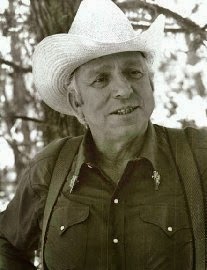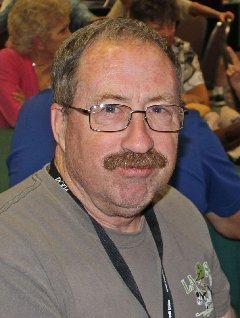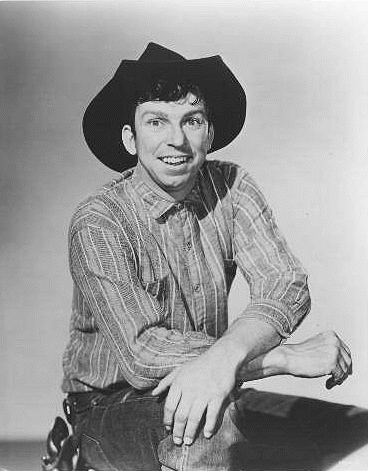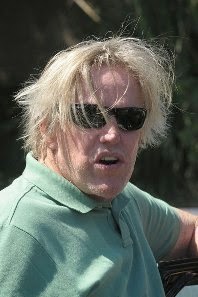A broom (also known as a broomstick) is a cleaning tool consisting of usually stiff fibers (often made of materials such as plastic, hair, or corn husks) attached to, and roughly parallel to, a cylindrical handle, the broomstick. It is thus a variety of brush with a long handle. It is commonly used in combination with a dustpan.
A distinction is made between a "hard broom" and a "soft broom" and a spectrum in between. Soft brooms are used in some cultures chiefly for sweeping walls of cobwebs and spiders, like a "feather duster", while hard brooms are for rougher tasks like sweeping dirt off sidewalks or concrete floors, or even smoothing and texturing wet concrete. The majority of brooms are somewhere in between, suitable for sweeping the floors of homes and businesses, soft enough to be flexible and to move even light dust, but stiff enough to achieve a firm sweeping action.
The broom is also a symbolic object associated with witchcraft and ceremonial magic.
Etymology
The word "broom" derives from the name of certain thorny shrubs (Genista and others) used for sweeping. The name of the shrubs began to be used for the household implement in Late Middle English and gradually replaced the earlier besom during the Early Modern English period. The song Buy Broom Buzzems (by William Purvis 1752–1832) still refers to the "broom besom" as one type of besom (i.e. "a besom made from broom").
Flat brooms, made of broom corn, were invented by Shakers in the 19th century with the invention of the broom vice. A smaller whisk broom or brush is sometimes called a duster.
Manufacturer
In 1797, the quality of brooms changed when Levi Dickenson, a farmer in Hadley, Massachusetts, made a broom for his wife, using the tassels of sorghum, a grain he was growing for the seeds. His wife spread good words around town, creating demand for Dickenson's sorghum brooms. The sorghum brooms held up well, but ultimately, like all brooms, fell apart. Dickenson subsequently invented a machine that would make better brooms, and faster than he could. In 1810, the foot treadle broom machine was invented. This machine played an integral part in the Industrial Revolution.
United States
One source mentions that the United States had 303 broom factories by 1839 and that the number peaked at 1,039 in 1919. Most of these were in the Eastern United States; during the Great Depression in the 1930s, the number of factories declined to 320 in 1939. The state of Oklahoma became a major center for broom production because broom corn grew especially well there, with The Oklahoma Broom Corn Company opening a factory in El Reno in 1906. Faced with competition from imported brooms and synthetic bristles, most of the factories closed by the 1960s.
- 3 pounds white potatoes
- 2 cups mayonnaise
- 1 (1.25-ounce) packet taco seasoning mix
- 1 cup shredded cheddar cheese
- 1/2 cup sliced scallions
- 1 (2.25-ounce) can sliced black olives, drained
- 2 cups coarsely crushed ranch-flavored tortilla chips
- Place potatoes in a large pot with enough water to cover them. Bring to a boil over high heat and cook 20 to 25 minutes or until fork-tender. Drain and let cool slightly.
- Meanwhile, in a medium bowl, combine mayonnaise and taco seasoning; mix well.
- Cut potatoes into ½-inch chunks and place in a large bowl. Add mayonnaise mixture and remaining ingredients to potatoes and mix until thoroughly combined. Cover and refrigerate until ready to serve.

1944 – Gary Busey, American actor (creepy!!!)
1962 – George D. Zamka, American colonel, pilot, and
HOW TO OBSERVE
- Take a photography class.
- Teach someone how to take outstanding photos.
- Expand your photography skills by learning more about your camera.
- Try a different style of photography or camera.











